We take a closer look at the subject of making way for emergency vehicles, and answer other common questions associated with giving way to police cars, ambulances and other emergency vehicles.
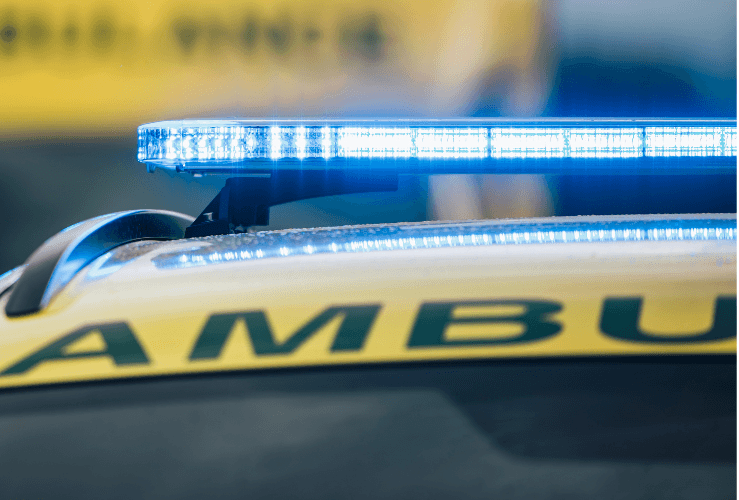
When you hear a siren coming you should...
The vast majority of drivers know they need to make way for emergency vehicles and the moral imperative of helping ensure the emergency services can do their job.
In accordance with the UK’s Highway Code, if you see the flashing lights and/or hear a siren of an ambulance, police car, fire engine or doctor's emergency car, you must make space for them to pass.
However, while it is critical you manoeuvre your vehicle out of the way, you must still obey all traffic regulations, lights and signage.
Failure to follow the Highway Code could put you, your passengers and other road users in danger.
You wouldn’t want to make space for an emergency vehicle in such a way that it ends up causing another incident.
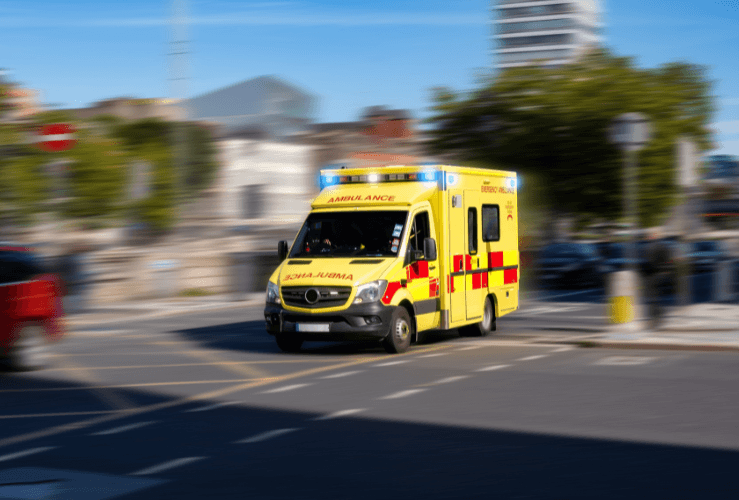
What to do when an ambulance is behind you
If you're a new driver, you may not have considered what to do when an ambulance is coming.
If - or rather when - it happens, don’t panic. Simply look for a safe area to pull over, or reduce your speed so the ambulance (or other emergency vehicle) can pass quickly but safely.
Can ambulances change traffic lights?
While the technology exists for emergency vehicles to change traffic lights, it is not used in the UK.
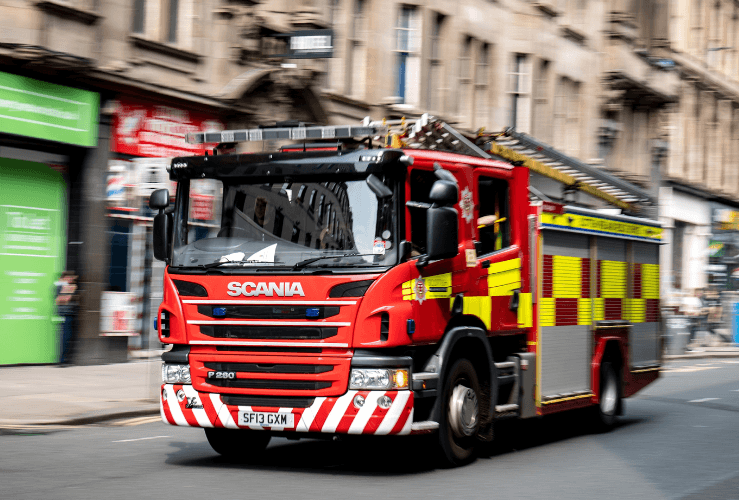
Credit: mino21 - stock.adobe.com
Can emergency vehicles run red lights?
Yes, emergency vehicles such as ambulances and police cars can run red lights if they are attending an emergency - but only if it is safe to do so.
They can also disregard the keep left rule if it would impede their progress - but again, this must be done without endangering anyone.
If an emergency vehicle is stuck in stationary traffic at the red lights and can see no clear way through, they will commonly switch off their sirens and/or lights and wait for the green lights (or other opportunity to move off).
Can I be fined for breaking the rules while making way?
Yes. Just as with any other driving offence, you could be fined if you break the rules while making space for an emergency vehicle.
For example, running a red light - even if it's at a low speed - could still land you with a £100 fine and three penalty points on your licence. If the offence goes to court, the penalty could be even higher.
Other examples of motoring offences that could land you in trouble:
- Entering a bus lane
- Stopping in a yellow box junction
CCTV and traffic light cameras are situated across the UK's road network, so there is a considerable chance of being caught if you break the rules. In the case of traffic light cameras, once the red light shows, they activate and photograph any vehicle that passes the white stop line.
Some traffic light cameras also feature speed camera functionality.
Can I appeal a fine?
If you were fined because you were making way for an emergency vehicle, you may consider appealing against the decision. Indeed, you have the right to appeal any such fine if you feel it was unfair.
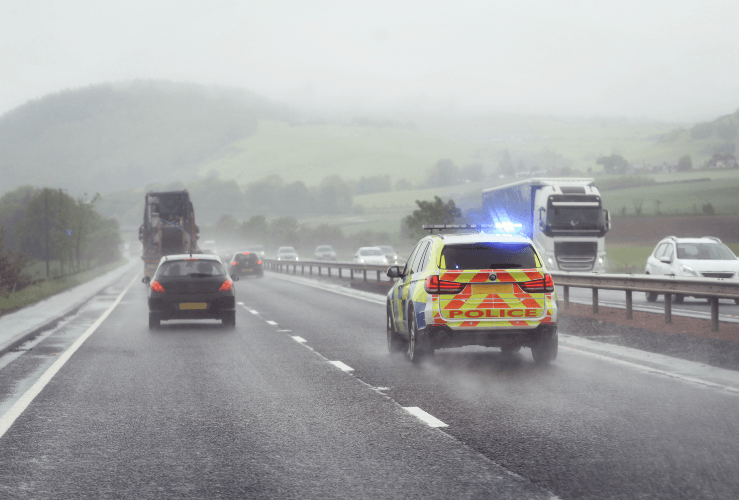
Driving with blue lights
Only registered emergency vehicles such as ambulances, doctor's emergency cars and fire engines are legally permitted to drive with blue lights.
Vehicles such as private cars are not allowed to use blue lights simply because they could be mistaken for an emergency vehicle. Anyone who drives with blue lights illegally on UK roads is liable for a Fixed Penalty Notice or could end up in court.
Driving with green lights
Equally, the general public is not permitted to use green lights on their vehicles.
Only a registered doctor on an emergency call is allowed to use green lights. However, they are only to warn other road users - they do not offer any exemption from traffic regulations (e.g. they can't break the speed limit).
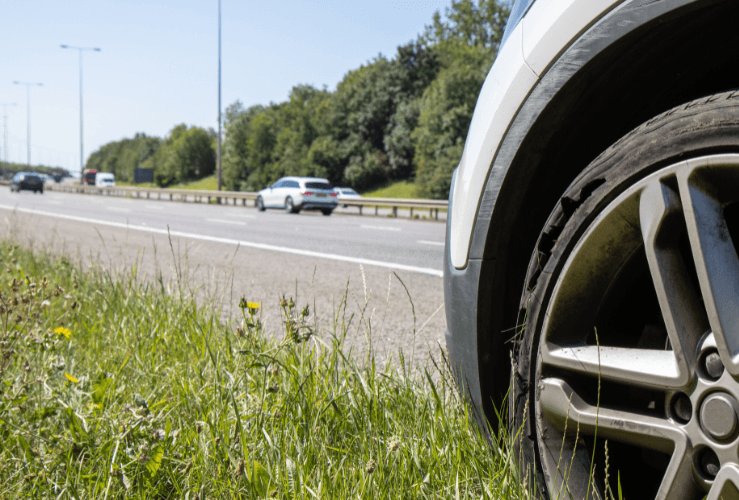
The Slow Down Move Over UK campaign
Often considered as ‘the fourth emergency service’ by motorists, many of us have had to call upon our breakdown service provider in an emergency situation.
Whilst there are no set rules as to the actions you should take upon noticing a breakdown on the road ahead of you, Slow Down Move Over UK (SDMO) work to create awareness amongst the wider public, in order to improve the safety of those working or stranded at the roadside.
Slow Down Move Over UK works to encourage all road users to take appropriate action when presented with a temporary hazard, with a view to avoiding the danger and reducing the likelihood of injury or death.
Temporary hazards include broken down vehicles, passengers of those vehicles, roadside recovery vehicles, roadside workers - and others.
SDMO UK intends to bring the roadside recovery industry together with their unified approach to this important safety issue.
Learn more about SDMO UK




